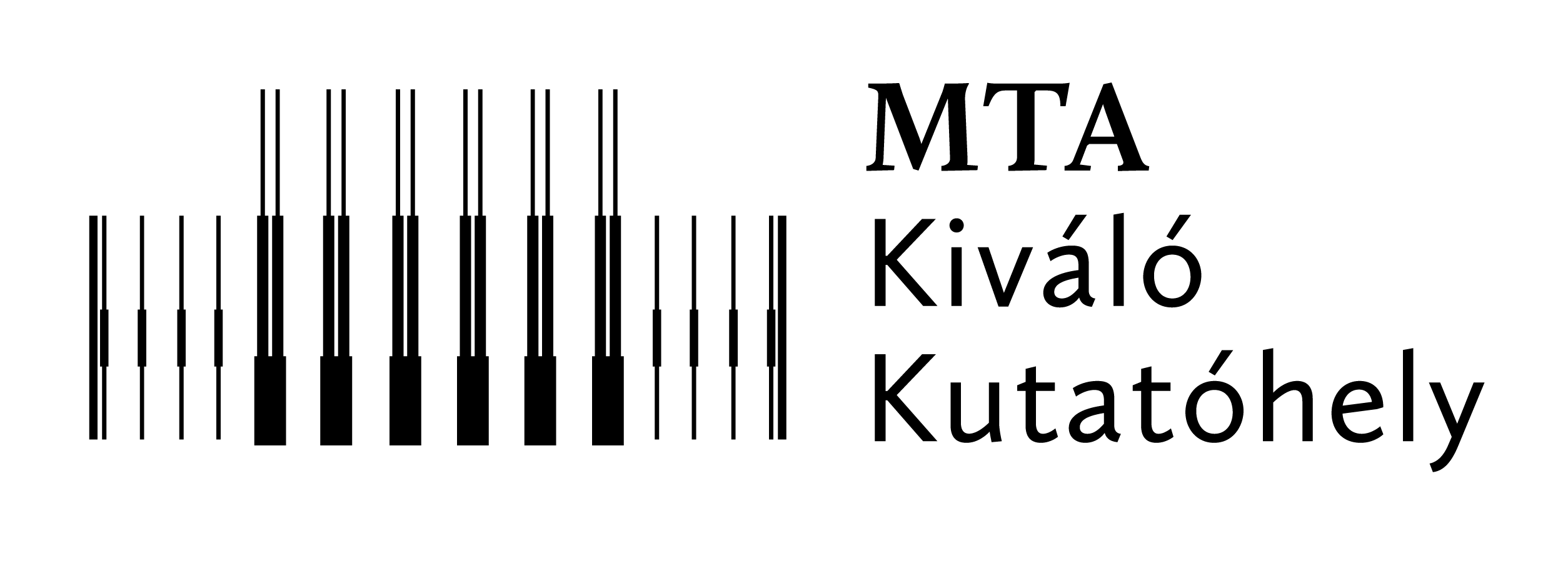Előadó: Gali Ádám (SZFI)
Előadás címe: Observation of a quantum bit in Hungary
Dátum: 2023. január 17., 10 óra
Helyszín: 1-es épület Tanácsterem, illetve online:
https://wigner-hu.zoom.us/j/87171121402?pwd=S2c3TGQvcERNT2RSMnRRNTN0NUh…
Meeting ID: 871 7112 1402
Passcode: 630300
Összefoglaló:
A qubit is a two-state (or two-level) quantum-mechanical system which is the basic unit of quantum information. The most simple realisation of this two-state system is the electron spin which may exist in a superposition state. We observe the coherent oscillation of a single electron spin at room temperature. The single electron spin is realised by the negatively charged nitrogen-vacancy (NV) centre in diamond. Room temperature qubits are rare species; the well-isolated diamond NV centre's electron spin has millisecond longitudinal T1 lifetime at room temperature. We will explain this feature by the large energy gap between the triplet ground state and singlet shelving state and the coupling of phonons to the electron spin with relatively high energy phonons that exhibits a double Orbach-process, in stark contrast to textbook cases. The coherence time of the electron spin (T2*) is shortened with respect to T1 time due to the presence of nuclear spins of nitrogen-15 and carbon-13 isotopes. In particular, we observe about 15 microseconds T2* time in our system. The initialisation and read-out of the electron spin is realised by optical means with harnessing the spin-selective fluorescence and optical spin-polarisation. We explain this feature of the centre by a delicate electron-phonon coupling of the shelving singlet state which results in a highly spin-selective intersystem crossing towards the ms=0 state of the triplet ground state. Finally, we show that 700,000 photons/second are emitted from a single NV centre from a diamond nanopillar structure. This emission is mostly dominated by the phonon sideband but the photon count of the coherent zero-phonon-line emission yields about 25,000 photons/second which is a good starting point to realise a spin-photon interface from this system at cryogenic temperatures.



